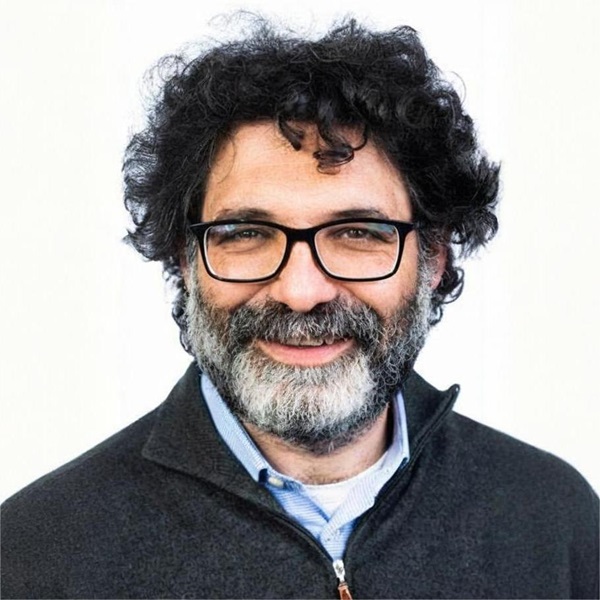
Alberto Vomiero
Alberto Vomiero is a distinguished professor in Experimental Physics at Luleå University of Technology in Sweden. He earned his PhD in Electronic Engineering from the University of Trento in 2003 and his Degree in Physics from the University of Padova in 1999. His research primarily focuses on composite nanomaterials, including wide bandgap semiconductors, semiconducting nanocrystals, and hybrid systems, with applications in gas sensors, excitonic solar cells, and solar fuels.
Vomiero has made significant contributions to the field of nanotechnology, particularly in the development of photoanodes for solar cells. His work involves the study of light harvesting, charge separation, and transport in various systems, such as TiO2 nanoparticles/ZnO nanowires, multiwall carbon nanotubes (MWCNTs)/TiO2 nanoparticles, and hierarchically self-assembled ZnO sub-microstructures. He has explored the use of dye molecules and semiconducting quantum dots as light harvesters to enhance the efficiency of solar energy conversion devices.
With over 130 peer-reviewed publications in international journals and 3 book chapters, Vomiero is a highly respected figure in the scientific community. He has held prestigious positions, including being a Marie Curie International Outgoing Fellow of the European Commission and a fellow of several renowned institutions such as the Institute of Physics (UK), the Royal Society of Chemistry (UK), and the Institute of Nanotechnology (UK). He is also an associate editor of *Nano Energy* (Elsevier) and a member of the editorial board of *Scientific Reports* (Nature Publishing Group).
Vomiero’s research not only advances the understanding of nanomaterials but also contributes to the development of sustainable energy technologies, making him a key figure in the intersection of physics, engineering, and environmental science.

